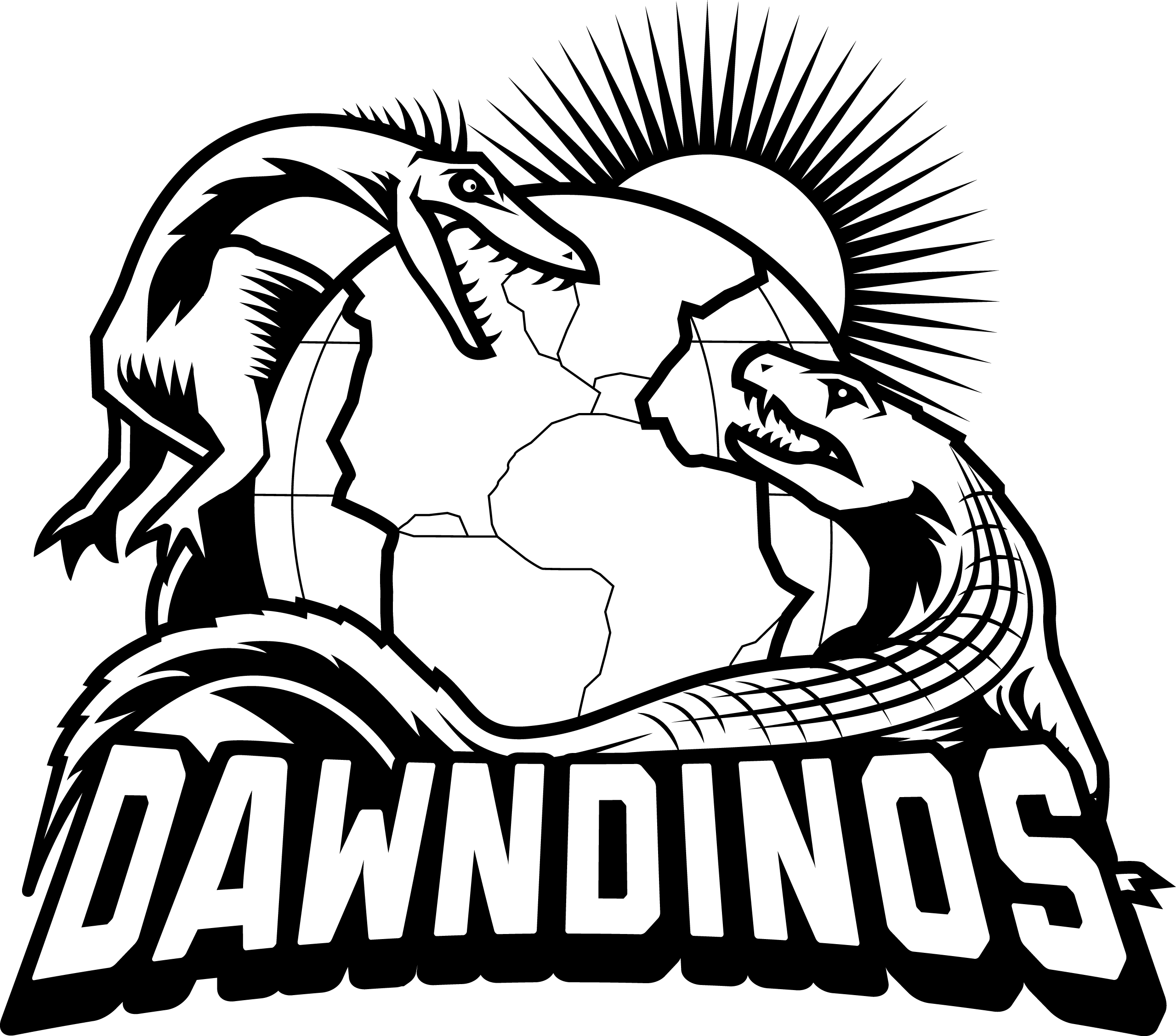This new research project will advance the study of the evolution of the vertebrate musculoskeletal system in two critical ways:
- first by addressing major questions about the evolution of major locomotor adaptations (bipedalism, running ability, etc.) during the Triassic-Jurassic evolutionary transition, which had massive impact on future evolution on land;
- second by developing and refining tools for studying the evolution of musculoskeletal form, function and performance in different behaviours.
This study will contribute to the field of evolutionary biomechanics as it pushes the frontiers of experimental and computational analysis of locomotor performance using modern digital tools, to predict how form and function are coordinated to produce movement. Cutting edge gait analysis techniques, including XROMM, electromyography and computer simulations will estimate parameters that otherwise might only be measurable invasively, if at all. Our methods will give an insight into normal locomotor patterns of these animals which could aid future diagnosis and treatment of gait disorders or abnormalities in these or related species.
Improvements in computational analyses of musculoskeletal functions will provide a rigorous framework for critically evaluating the accuracy and reliability of modern computer simulation techniques. The computational models will be made openly available in conjunction with our publications to encourage others to test functional or evolutionary questions of interest to them.
This study will also promote the “3 R’s”: reduction, refinement and replacement of invasive experiments in a wide array of fields including orthopaedics, prosthetics, medical and veterinary care and robotics. It is the refinement of those methods, especially the computer simulations that in the longer term could at least partly replace more invasive measurements of musculoskeletal biomechanics; in clinical applications to animals or even to human studies.
This study will promote public engagement with science through our outreach activities which is another major goal of this project. Dinosaurs, fossils, crocodiles/birds, bipedalism, evolution and computer simulation are all very popular topics with the general public.


